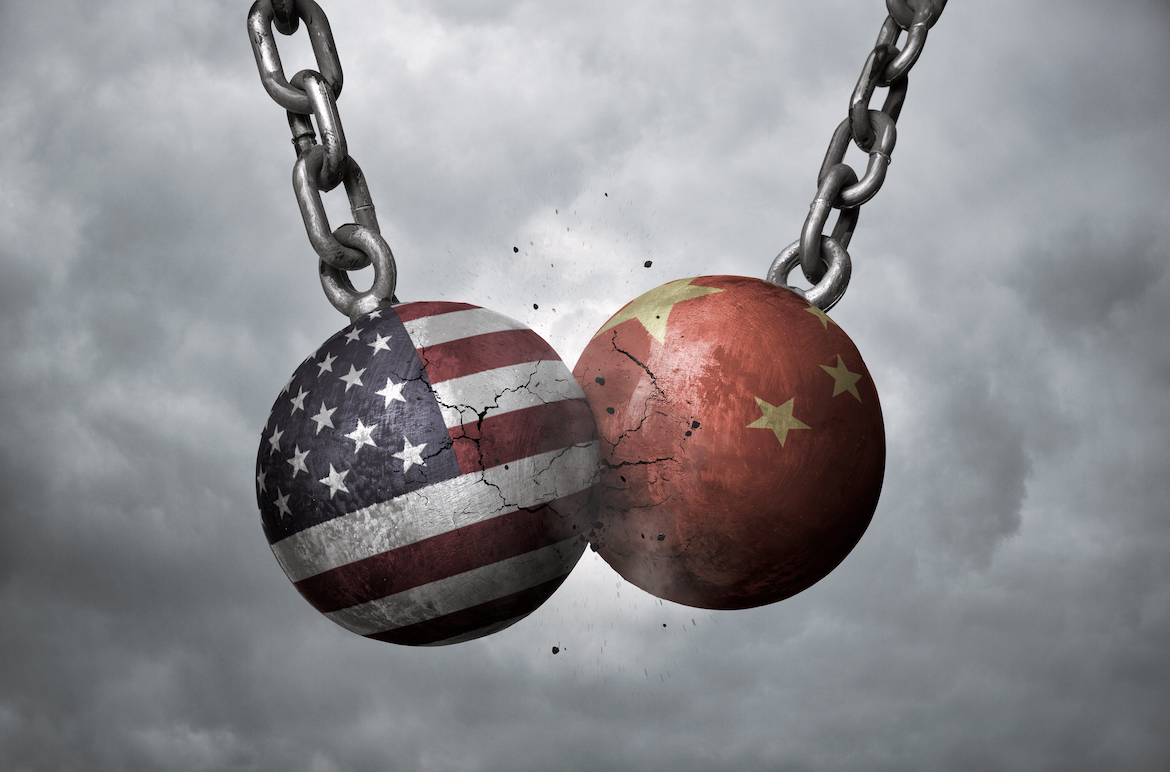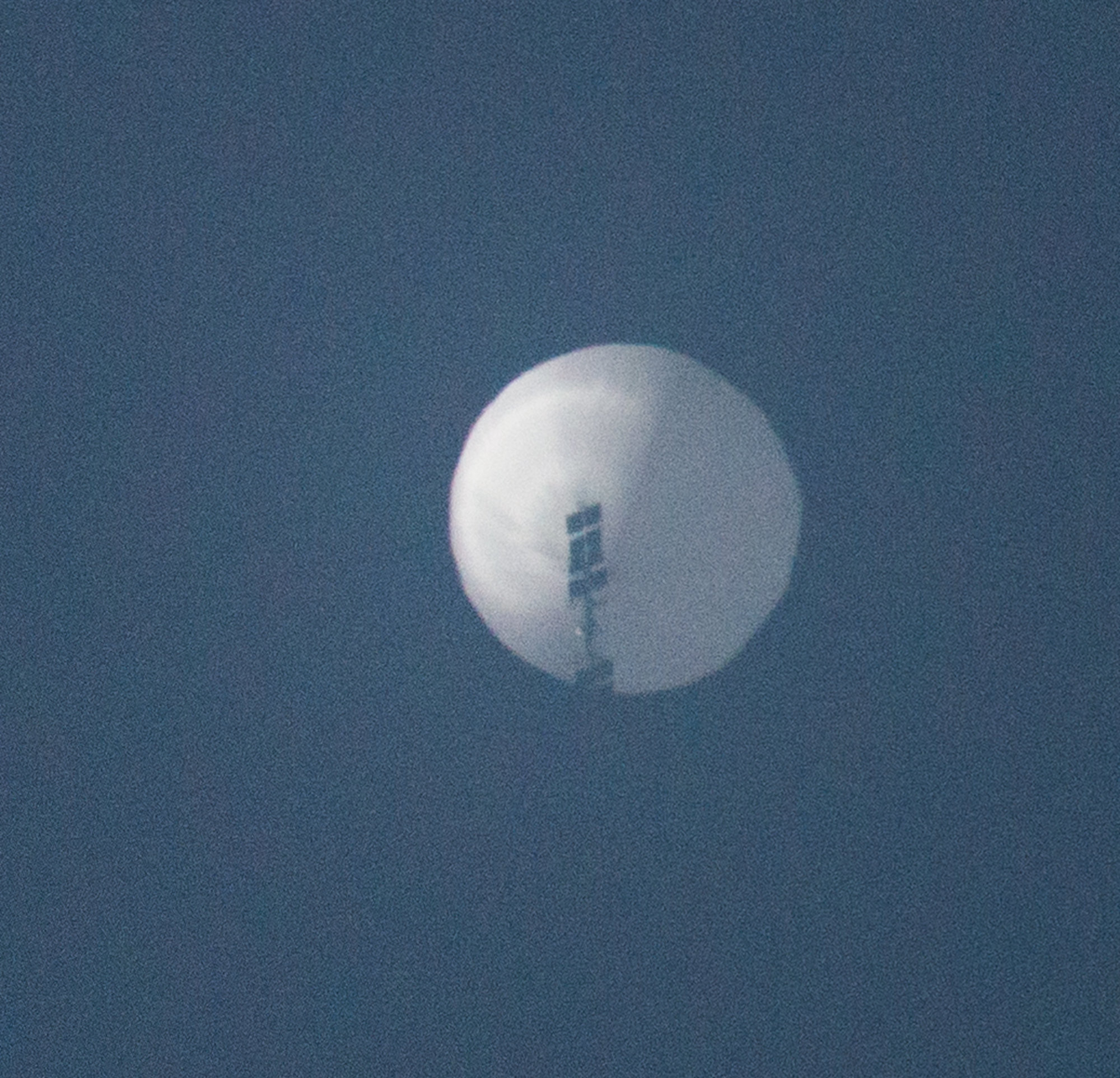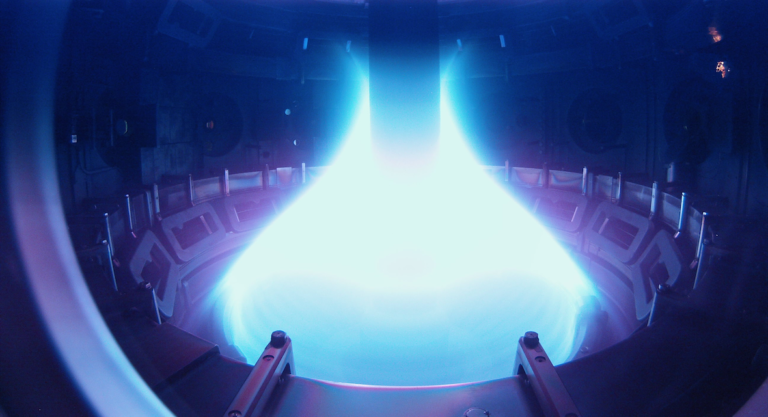Acclaimed filmmaker and producer Rachel Perkins is best known for her work promoting and showcasing Indigenous stories and culture through film and television. But, born into a culture of Indigenous activism, her reach and impact extend well beyond the screen.
Heralding the 2023 return of Griffith University’s conversation series, A Better Future for All, Rachel joins journalist Kerry O’Brien for a candid and powerful exploration of her life in art and advocacy.
Together, Rachel and Kerry canvass the central role she has taken in the fight for Indigenous constitutional recognition as a key supporter in the creation of the Uluru Statement from the Heart. While also discussing her storied career, Rachel brings real insights to the struggle by Aboriginal and Torres Strait Islander peoples over generations to be heard in Australia’s corridors of power, leading to the referendum for constitutional recognition of the Voice.
Don’t miss this opportunity to hear from an influential voice in Australia’s cultural landscape as Rachel and Kerry engage in a vital and evocative conversation about the future of our country.
Rachel Perkins
Rachel Perkins is one of Australia’s most accomplished filmmakers, reaching millions of viewers with her groundbreaking dramas and documentaries focusing on colonial and Indigenous history. As the founder of renowned production house Blackfella Films, Rachel has helmed an array of critically lauded works including First Australians, Mabo, Bran Nue Day, Redfern Now, Total Control and The Australian Wars.
A multi-award winner, Rachel was the recipient of an Australian Directors’ Guild award in 2019 for her work on the first series of ABC’s acclaimed drama, Mystery Road, adding to a laundry list of wins and nominations through respected institutions including the Australian Film Institute, Australian Writers’ Guild, Melbourne International Film Festival, the AACTA Awards, and more.
Away from the camera, Rachel follows in the footsteps of her father, Charlie Perkins, as a vocal advocate and activist for Indigenous affairs. Of Arrente and Kalkadoon ancestry, she was also deeply involved in the creation of the Uluru Statement from the Heart and is a leading campaigner for the Yes vote in the 2023 referendum to enshrine Indigenous recognition in the Constitution.
The details
DATE & TIME
Wednesday 29 March 2023
6 – 7.15 pm AEST
The event may contain adult themes and is not recommended for people under 15 years of age.




 Dr Peter Layton
Dr Peter Layton

